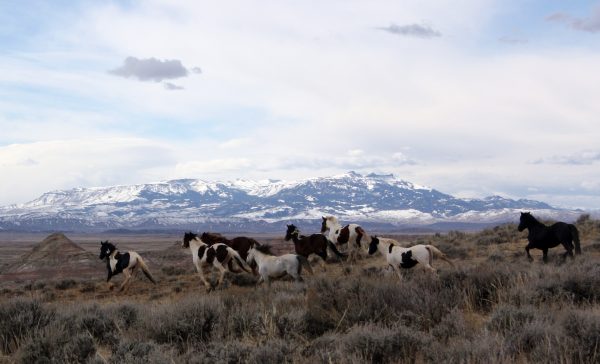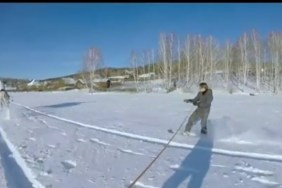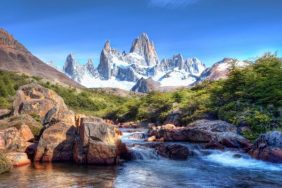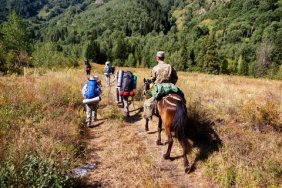No creature is more cherished, iconic or essential to the mythos of the Wild West than the horse. Americans cannot conceive of a “West” without cowboys, bugle-blowing cavalry and mounted Sioux Indians surging across open plains.
But horses are not a native species. Brought to the Americas by Spanish explorers, they were the first of the European-originated invasive species. And as much as they enhance the silver screen and western lore, today’s land managers face the ugly fact that horses are not natural in the western environment.
That the numbers of wild horses are exploding, and they are just as damaging – probably more so – as other non-native species is something of an untold story.
RELATED: Meet the Chincoteague Wild Horses
Horses do indeed still run wild in America’s vast western spaces. Lots of them. The sight of a herd rushing through the deserts, draws and sagebrush country is beautiful, awe-inspiring, and unforgettable. It is also an environmental disaster and a public relations nightmare for those responsible for managing western lands.
The Bureau of Land Management (BLM) was made responsible for wild horses and burros by the 1971 Wild Free-Roaming Horses and Burros Act. This law authorizes the BLM to remove excess wild horses and burros to sustain the health and productivity of the public lands.
Culling the herd
If you think the public has a bad reaction to shooting wolves as a management tool, try killing horses. Not surprisingly, according to biologists who authored a Slate Magazine article, “in just the past four years, wild horse and burro management has cost U.S. taxpayers more than $291 million, including $49 million annually to care for 46,000 captured feral horses in off-range corals.
This annual budget is almost 10 times bigger than budgets allotted to save many endangered species; managing wild horses is sapping agency resources, directly and indirectly driving native species to extinction.”
According to the BLM, there were an estimated 47,329 wild horses and 10,821 burros on BLM-managed rangelands in 10 Western states as of March 1, 2015.
Western ranchers dislike wild horses that compete with cattle for range food. Hunters point out that horses are edging out native species like deer and elk. But organizations like “The Cloud Foundation” (Cloud is the name a wealthy Colorado woman gave a horse in her favorite wild herd), take a different view:
“In Cloud’s remote mountain wilderness we have a perfect opportunity to step back and watch nature call the shots. Predators and daunting weather are limiting the herd size—naturally,” she states. “Yet, human over management is jeopardizing their future survival. We could lose Cloud and his herd forever, unless we’re willing to stand up for them now.”
Rats With Hooves
Biologists Daniel Rubinoff and Christopher Lepczk, in their Slate article, compare wild horses to Norway rats in assessing the environmental damage of invasive species. They claim western grasslands are protected by “biotic crusts” of loose soil held together by vegetation and micro-organisms.
Grasslands are disappearing, they say, as wild horse hooves crush the biotic crusts, encouraging erosion and leaving wide swaths of the West permanently degraded, replaced with barren rock.
Where do you come down on this? Are wild horses beautiful icons of the West, deserving of protection? Or an invasive trespasser that disrupts ecologies and destroys native species?
Are you with scientists, who say unleashing feral horses in the West only exacerbates our species’ negative impacts on the environment? Or with Congress, which declared “Cloud” an ambassador for all wild horses living in the American West?
Or perhaps you’d like to work for the embattled Bureau of Land Management, stuck between a horse’s hoof and the proverbial hard place?
Photo credit: Wikimedia








